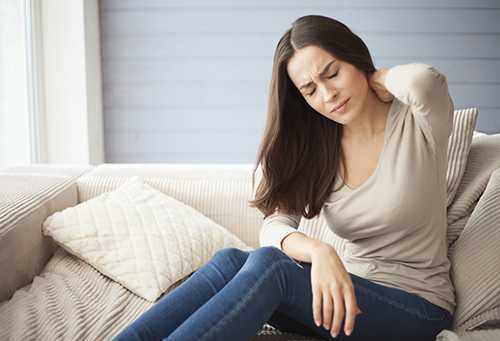What Are Bone Spurs?

Though their name may conjure an image of hard, dangerous looking spikes on a boot, bone spurs are actually smooth and rounded bony growths found along the edges of bones. Bone spurs are most often found in the joints where the bones meet. Osteophytes and enthesophytes are the medical terms for bone spurs. These two types of bone spurs are associated with each other, meaning that if a person is diagnosed with one kind, the other is often present.
Bone spurs can occur anywhere in the body, including the bones of your spine. Though they may not cause any signs or symptoms, the presence of bone spurs along the spine indicate degeneration of the spine. Bone spurs can cause pain and limit movement, typically in patients over age 60.
Causes
Joint damage from osteoarthritis and the natural wear and tear of the body are the most common causes of bone spurs. Osteoarthritis causes the inflammation and breakdown of cartilage that cushions the end of your bones. Other causes of local inflammation that cause bone spurs are inflammation of the tendons and ligaments attached to the bones. This process stimulates the formation of new bone as your body tries to repair the damage by creating bone spurs near the damage.
Osteophytes in the spine are often found where the vertebral bones meet to form a joint. Osteophytes are caused by too much friction of the bones. Enthesophytes develop where ligaments and tendons attach to bone – the enthesis point. Enthesophytes typically develop due to an injury, a chronic strain or a disease process that damages a ligament or tendon, causing inflammation. If this inflammation happens at the attachment (enthesis) point, a bone spur may develop.
How Bone Spurs Form on the Spine
Inflammation and natural wear and tear to the bones, ligaments and discs of your spine due to age or injury cause bone spurs to form on the spine. The function of your vertebral discs is shock absorption. As discs slowly wear away as you age, excess movement between vertebrae occurs. As a result, the ligaments that connect and strengthen the bones of the spine thicken to restrict movement in the joints of the spine and between the vertebrae. Bone spurs may occur anywhere along the spine. Cervical bone spurs are found in the neck. Lumbar bone spurs are found in the lower spine.
Signs and Symptoms
Bone spurs do not necessarily lead to back pain, but they are a common cause of it. Most bone spurs cause can go undetected for years because no signs or symptoms are present. Usually a test for another condition, such as an X-ray, reveals the bone spurs. However, there are cases where bone spurs can cause pain and loss of joint motion. The specific symptoms depend on the part of the spine where the bone spurs are located. Some common symptoms include:
- Lower back pain
- Pain, tingling, and weakness in the arms and legs (radiculopathy)
- Headaches
- Range of motion loss
- Bladder and bowel incontinence (rare)
Diagnosis
Because the symptoms of bone spurs are very similar to arthritis and back strains, proper diagnosis involves a thorough examination and complete assessment of your symptoms to determine whether bone spurs are the source of your lower back pain. Several types of diagnostic tests are commonly performed to identify these growths, including X-rays, MRIs, and CT scans. Your doctor may also perform electroconductive tests such as an EMG or NCV. Each of these tests gives your physician a different picture of the condition and composition of your spine, including any damage and the presence of bone spurs. It’s important to rule out all other possible causes of the lower back pain before a treatment plan can be suggested.
Complications
Bone spurs in the spine can cause conditions such as stenosis, nerve compression and radiculopathy. Over time, the thickened ligament material calcifies and bone spurs develop. On your vertebrae, bone spurs can narrow the space that contains your spinal cord – a condition called stenosis. Stenosis most often occurs in the neck and lower back and imaging tests may show cervical bone spurs (neck) or lumbar bone spurs (lower back).
As stenosis occurs, as well as bone spurs, the space where nerve roots exit the spine may occur causing nerve compression. The bone spurs can compress the spinal cord or its nerve roots and can cause radiculopathy, which is tingling, weakness or numbness that travels down your arms or legs. The spurs cause pain when they touch against the nerves travelling along your spinal cord.
Treatment
Bone spurs might not require treatment. Treatment needs are based on where spurs are located in the spine and if they are adversely affecting your health.
Bone spurs causing pain are treated conservatively using different pain management options starting with over-the-counter (OTC) medications, such as acetaminophen, ibuprofen or naproxen sodium. Physical therapy may be prescribed as well to restore strength and flexibility as well as decrease pressure on the spinal nerves. Steroid injections may be an option in some cases.
If all other treatment options have been exhausted and back pain persists and negatively affects your quality of life, you should consult with your doctor about surgical treatment options.
If you are experiencing back pain or any of the symptoms of bone spurs, contact us today to schedule an appointment and exam.
